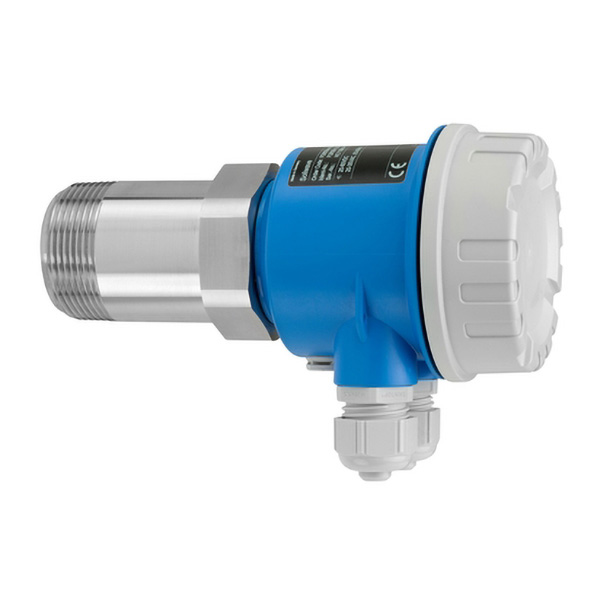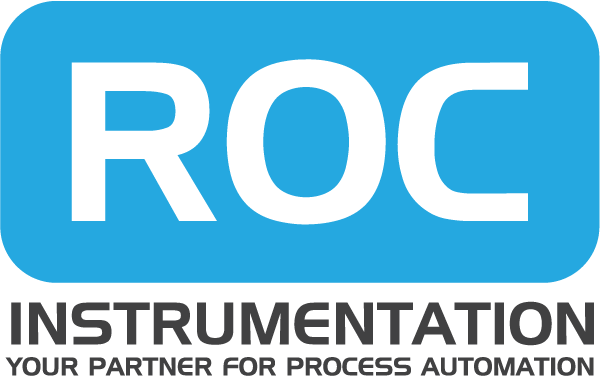Endress+Hauser Level Portfolio
Continuous level measurement in liquids and solids with free space radars.
Radar level measurement with top-down installation of a sensor offers perfect application fit in all industries. Non-contact radar with simple commissioning, trouble-free operation saves time and money. For usage in a wide range of applications – be it in simple storage tanks, in corrosive or aggressive media or high accuracy tang gauging applications. Contact us to learn more about the broad range of non-contact radar level devices to suit your
applications.
Radar measurement measuring principle:
Radar works with high-frequency radar pulses which are emitted by an antenna and reflected from the medium surface due to a change of the dc value (relative dielectric constant). The time-of-flight of the reflected radar pulse is directly proportional to the distance travelled. If the tank geometry is known, the level can be calculated from this variable.
Benefits:
- Non-contact, maintenance-free measurement
- Unaffected by medium properties like density and conductivity for liquids
- Unaffected by filling noise and dust for bulk solids applications
- Freely adjustable measuring range
- For high temperatures up to +450°
- In-situ verification and monitoring thanks to Heartbeat verification
For additional information please feel free to contact our team directly.
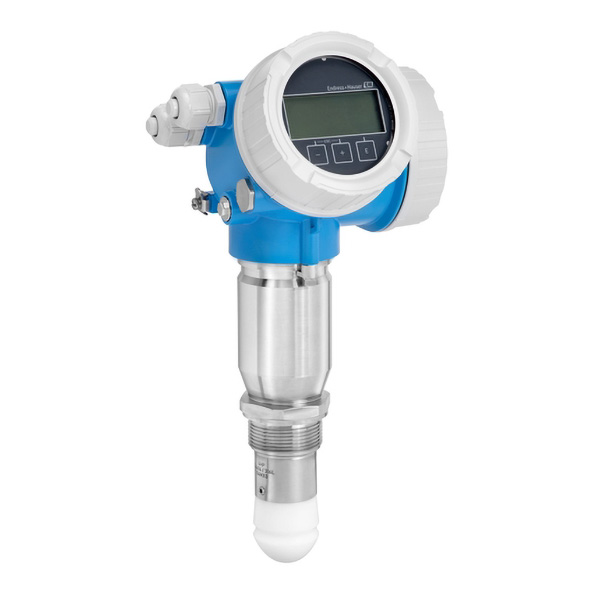
Continuous level measurement in liquids and solids with guided wave radars.
Guided radar level measurement with top-down installation offers the perfect application fir in all industries. Guided radar with simple commissioning, trouble-free operation saves time and money. For usage in a wide range of applications – be it in simple storage tanks, in corrosive or aggressive media or heavy-duty applications. Contact us to learn more about the broad range of guided wave radar level devices to suit your application.
Guided radar measurement measuring principle:
Guided radar works with high frequency radar pulses which are emitted and guided along the probe. As the pulse meets the medium surface, part of the emitted pulse is reflected due to a change of dc value (relative dielectric constant). The time-of-flight between pulse launching and receiving is measured and analysed by the instrument and constitutes a direct
measure for the distance between the process connection and the product surface.
Benefits:
- Reliable measurement, unaffected by medium surfaces and tank obstacles
- Additional measuring safety through End-of-Probe (EoP) evaluation
- Safe measurement also during filling
- Interface measurement possible due to unique dual principle technology
- In-situ verification and monitoring thanks to Heartbeat verification
For additional information please feel free to contact our team directly.
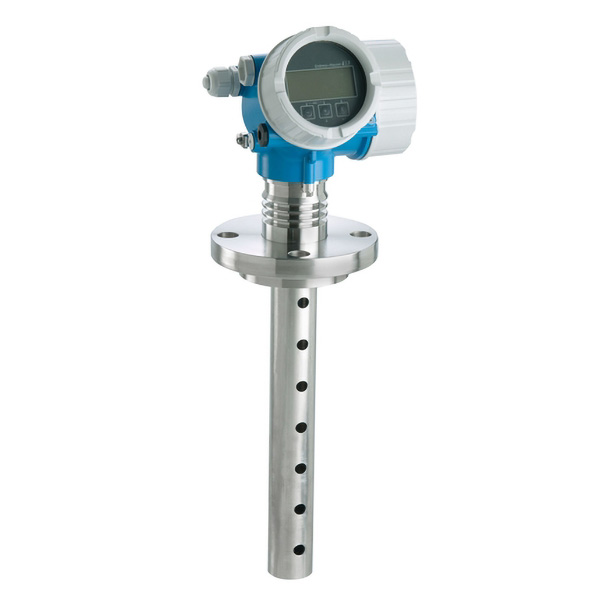
Continuous level measurement in liquid applications with pressure sensors
Be it water or any other liquid, hydrostatic level sensors measure in various applications in all industries like food, water and wastewater. The hydrostatic sensors offer the right solution in tanks or wells, submersible or installed outside a vessel. Contact us to learn more about the broad range of hydrostatic level sensors to suit your application.
Hydrostatic level measuring principle:
The process pressure acts directly on the robust ceramic process isolating diaphragm and deflects it. A pressure-dependent change in capacitance is measured at the electrodes of the ceramic substrate and the process isolating diaphragm.
Benefits:
- Robust ceramic sensor for excellent abrasion and chemical compatibility
- Suitable for vacuum applications
- Integrated membrane breakage detection
- Simple commissioning
For additional information please feel free to contact our team directly.
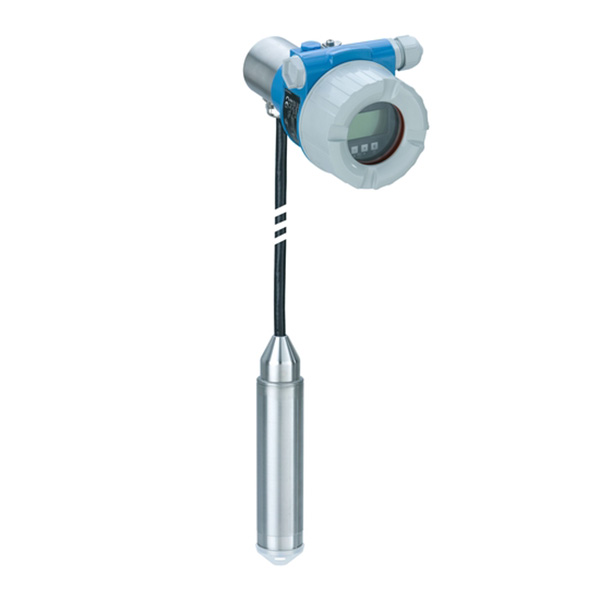
Continuous level measurement in liquids and solids with ultrasonic level sensors.
Ultrasonic level measurement provides continuous, non-contact and maintenance-free level measurement of fluids, pastes, sludges and powdery to coarse bulk materials. The measurement is unaffected by dielectric constant, density or humidity and also unaffected by build-up due to the self-cleaning effect of the sensors. Contact us to learn more about the broad range of ultrasonic sensors and transmitters to suit your application requirements.
Ultrasonic measuring principle:
Ultrasonic is based on the Time-of-Flight principle. A sensor emits ultrasonic pulses, the surface of the media reflects the signal and the sensor detects it again. The Time-of-Flight of the reflected ultrasonic signal is directly proportional to the distance travelled. With the known tank geometry, the level can be calculated.
Benefits:
- Non-contact, maintenance-free measurement
- Measurement unaffected by media properties, like dc value or density
- Calibration without filling or discharging
- Self-cleaning effect due to vibrating sensor diaphragm
For additional information please feel free to contact our team directly.
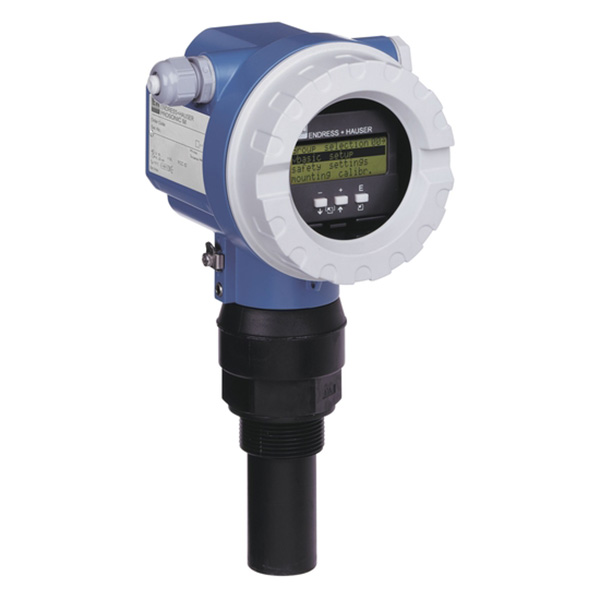
Point level switch for liquids and solids
Vibronic point level detection offers safe overfill prevention in liquids and bulk solids for all industries. The second line of defence guarantees the highest degree of safety and availability of the switches. Vibronic point level provides reliable switching unaffected by: changing media properties, turbulences, foam, vibrations or build-up.
Vibronic point level measuring principle:
For point level detection in liquids a tuning fork sensor is excited at its resonant frequency. The drive works piezoelectrically. The oscillating frequency changes as the fork enters the medium. The change is analysed and translated into a switching signal. In solids applications a one-rod sensor is excited at its resonance frequency. The drive also works piezoelectrically. The amplitude changes as the fork enters the medium. The change is also analysed and translated into a switching signal.
Benefits:
- Unaffected by media properties
- Easy installation and ready to use without calibration
- Wide range of materials, coatings to suit any point level application
- Self-monitoring
- Maintenance free
For additional information please feel free to contact our team directly.
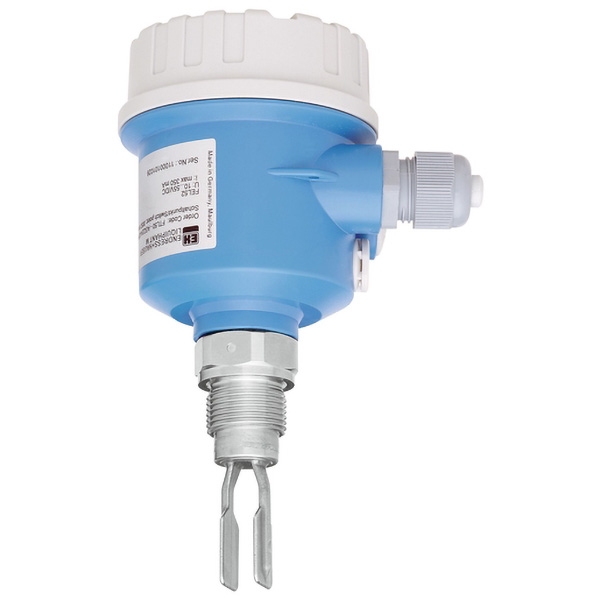
Continuous level measurement and point level detection in liquids and solids with capacitance probes.
Capacitance level measurement is a simple and cost-effective solution for level monitoring in liquids. Particularly in small tanks and build-up forming media. Point level detection works for both liquids including aggressive media, and solids with a heavy-build up possibility.
Contact us to learn more about the broad range of capacitance level sensors to suit your application.
Capacitance measuring principle:
The principle of capacitance level measurement is based on the capacitance change of a capacitor. The probe and the tank wall form a capacitor whose capacitance is dependent on the amount of product in the tank. An empty tank has a lower, a filled tank a higher capacitance.
Benefits:
- Proven and tested measuring principle
- Robust and safe technology
- Universally adaptable probe
- Reliable operation also in strong build-up formation and viscous media
- Easy commissioning and start-up
For additional information please feel free to contact our team directly.
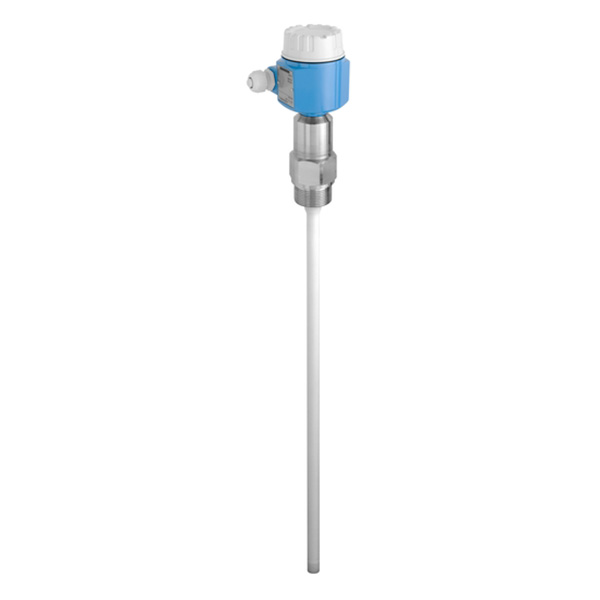
Point level detection in conductive liquids
Conductive switches provide simple and safe point level detection in conductive liquids for a wide range of applications. There are no calibration requirements, and no moving parts in the tank. Conductive level switches offer a long service life, reliable operation without wear or risk of blockages. Contact us to learn more about the broad range of conductivity level switches to suit your application.
Conductive measurement measuring principle:
The resistance between the two measuring electrodes changes by the presence or absence of a medium. In single-rod probes, the electrically conductive tank wall serves as a counter electrode.
Benefits:
- Multipoint level detection with one instrument
- Simple installation and commissioning
For additional information please feel free to contact our team directly.
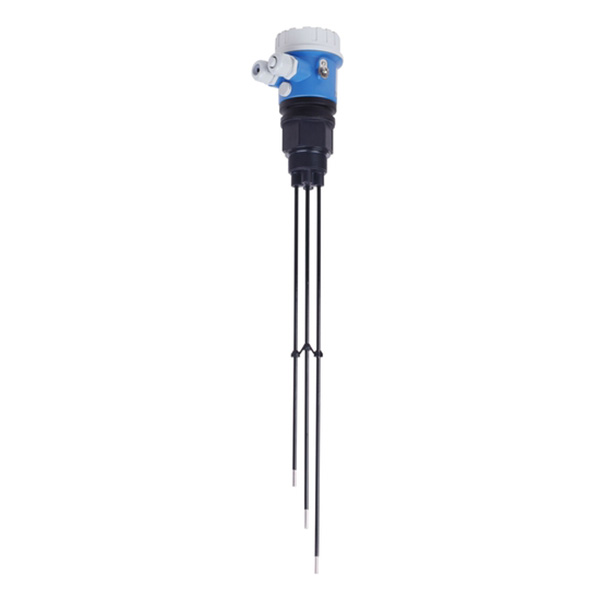
Continuous level measurement and point level detection in liquids and solids with Gamma devices
Radiometric level measurement with source container and Gammapilot provide reliable measurement values where other measuring principles can not be used anymore due to extreme process conditions or because mechanical or construction conditions. Gamma devices are made for non-contact point level detection, continuous level, interface and density measurement in liquids, solids, suspensions or sludges. Contact us to learn more about the broad range of radiometric devices to suit your application.
Radiometric measuring principle:
The gamma source, a caesium or cobalt isotope, emits gamma radiation which is attenuated as it passes through materials. The measuring effect results from the absorption of radiation by the product to be measured which is caused by level changes. The measuring system consists of a source, a source container and a compact transmitter as a receiver
Benefits:
- Non-contact measurement
- For extreme measuring tasks when other principles cannot be used
- Low source activities due to very sensitive detectors
- Robust designs to suit any environment
For additional information please feel free to contact our team directly.

Continuous level and differential pressure measurement
Electronic differential pressure is used to measure the pressure of level, volume or mass of liquids in pressurised tanks or distillation columns/evaporators. Using two ceramic sensors and one transmitter, the electronic dp system eliminates issues of traditional differential pressure measurements. Simplified installation and reduced maintenance requirements therefore reducing overall costs.
Differential pressure measuring principle:
The ceramic sensor is an oil free sensor. The process pressure acts directly on the robust ceramic process isolating diaphragm and causes it to deflect. A pressure dependent change in capacitance is measured at the electrodes of the ceramic substrate and the process isolating diaphragm. The measuring range is determined by the thickness of the ceramic process isolating diaphragm.
Benefits:
- Eliminates traditional mechanical issues with oil filled capillaries and seals
- Lower cost of ownership due to reduced installation time, maintenance and spare parts
- Multivariable measurement, head pressure, level, temperatures from one system
- Overload resistance high purity ceramic sensor
- Self-monitoring for continuous device health
For additional information please feel free to contact our team directly.
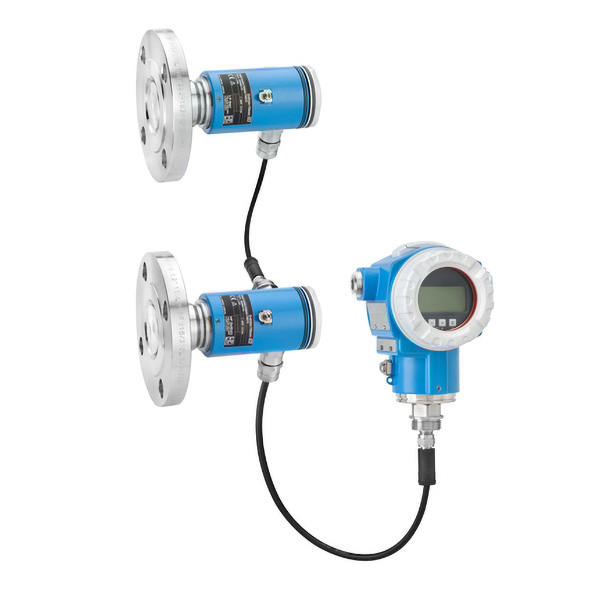
Non-contact point level detection in solids
In many cases where contact methods are limited, microwave barriers are the appropriate solution. Microwave barriers indicate point levels, solve positioning and counting tasks, provide non-contact measurement and are thus, free of wear and tear. Typical products to be measured are wood chips, lime, ore, sand and rocks.
Microwave barrier measuring principle:
Microwave barriers are used to detect all kind of bulk solids based on microwaves (transmitter/receiver-principle). The detection of bulk solids movement (flow/no-flow) is based on the Doppler effect of the microwaves.
Benefits:
- Non-invasive installations possible
- Accessories and measuring windows available
- Robust solution
- Analog or Switch outputs
For additional information please feel free to contact our team directly.
